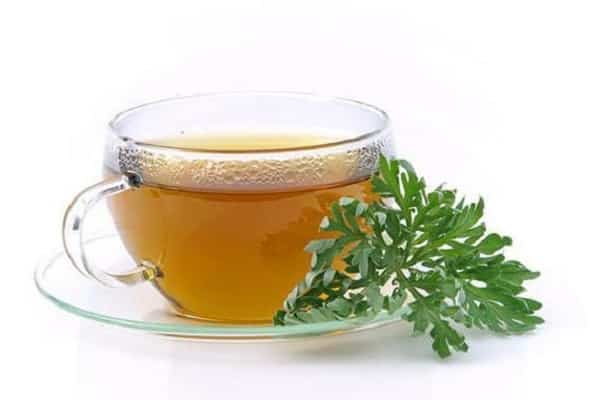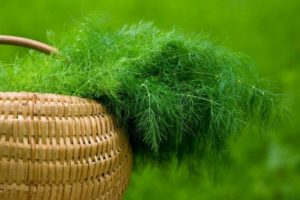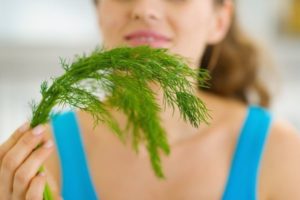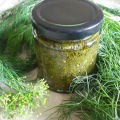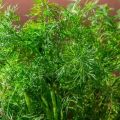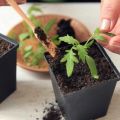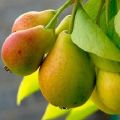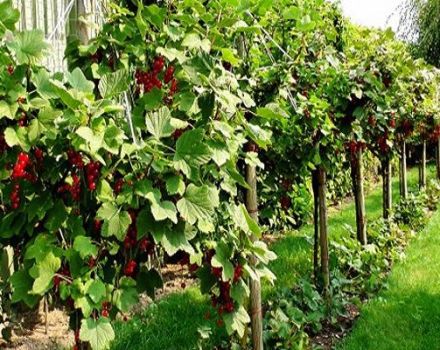Description of the dill tree, growing and caring for the plant
The dill tree or the divine tree is a perennial plant, reaching a height of 150 cm. It has silvery, pinnately dissected leaves.
Scientifically in botany, it is called Artemisia abrotanum - medicinal wormwood or abrotanum. It is rarely found in garden plots, but if it is properly planted and looked after in a timely manner, then the bushes will feel good even in winter.
History of appearance
In many countries, the plant has gained great popularity. Some scholars suggest that it originated from Asia Minor or Mediterranean countries. In Europe, it has been cultivated since the late 16th century. A century later, Abrotan was brought to North America. It came to Russia during the reign of Peter I. Today it is found as a wild species on the Black Sea coast and in southwestern Siberia.
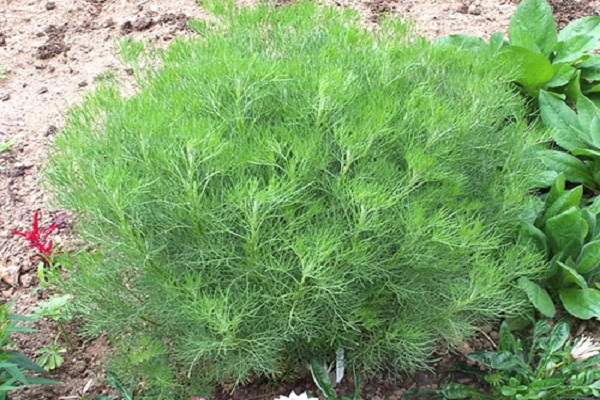
God's tree: plant description
This variety is the most popular in European territory. God's tree, like all varieties of wormwood, has a strong scent. The foliage is light green in color with a silvery tint. The plant is especially valuable for its medicinal properties.

What types of abrotana are known?
In the mountains of southern European countries, the Caucasian wormwood grows, the height of which reaches a maximum of 30 cm.
Tarhun is also a type of abrotana. It has a characteristic aroma and can reach 1 meter. Another name is Tarragon.
In southeastern Russia, Cold Wormwood grows, the size of which ranges from 7 to 15 cm.

In China, you can find a milky variety of abrotana. It got this name because of the light-colored flowers.
The wormwood Louis variety was brought from North America to many countries. It is distinguished by more branched stems with silvery leaves. The height of the bush reaches 80 cm.
Schmidt's Wormwood is very popular as an ornamental plant. This shrub grows up to a maximum of 30 cm, has a spherical shape and threadlike lace leaves. It looks very attractive next to other flowers.
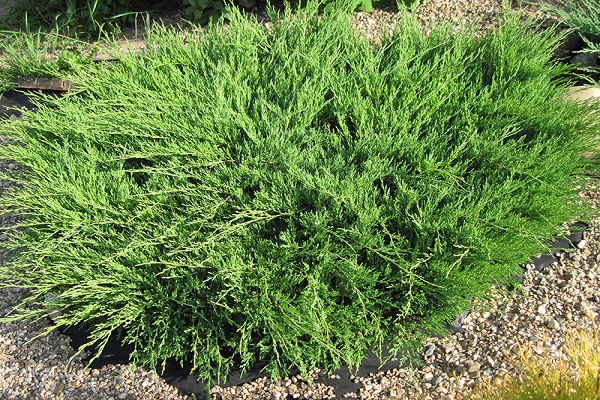
Growing features
Before planting wormwood, you need to choose a place on the site that is not shaded by trees. Then you need to fertilize the soil with organic substances and neutralize it, dolomite flour is well suited for this. For 10 years, the culture grows well in one place without transplanting.
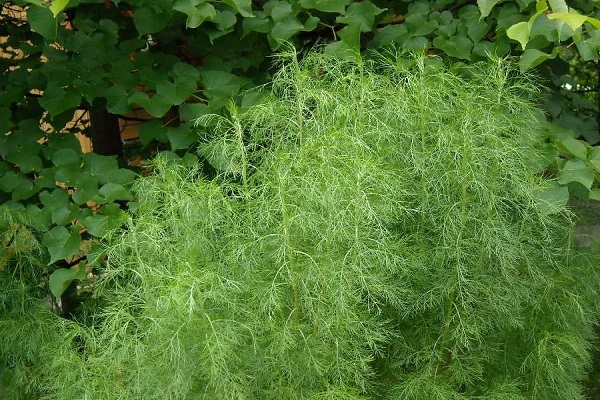
Lighting and wind protection
Abrotan is a southern, thermophilic plant, therefore it grows well in sunny areas.When choosing a place for planting, it is important that there is no shade, because the culture does not develop well in the shade. In addition, the dill tree does not like cold northern winds. So that it does not suffer from them, experts recommend planting a plant near trees and tall grasses that can block it from the winds, but not from the sun.
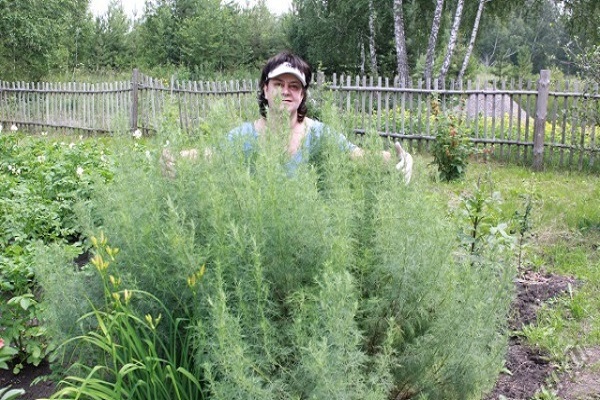
Soil for planting
Before planting wormwood, it is necessary to fertilize the soil with organic and mineral elements. Sour soil should be calcified, poor soil should be filled with organic matter, dense soil - with peat and sand.
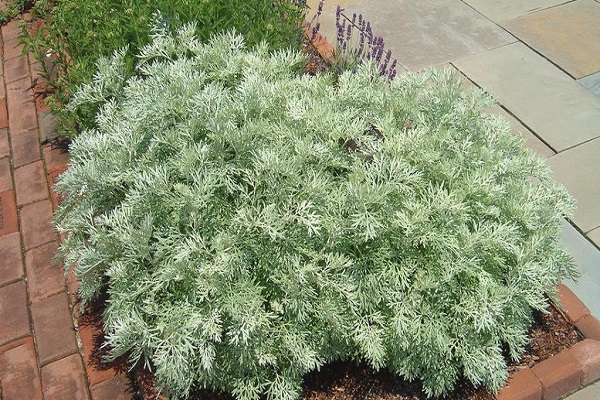
Planting technology of seedlings
For the reproduction of abrotana, it is optimal to use the division of the bush. Only mature cuttings should be selected. Before planting, you need to pour warm water into the hole, and then lower the plant there. Planting is best done after April 15, so the ground is still wet and the seedling has more chances to take root.
Attention! For the formation of young roots in a seedling, it is recommended to place it in water a week before. This will allow for a faster growth of wormwood in the ground.
In the first winter, it is better to cover young bushes, because they have a high probability of freezing. In the following years, the dill tree can easily withstand cold temperatures of 25 degrees.
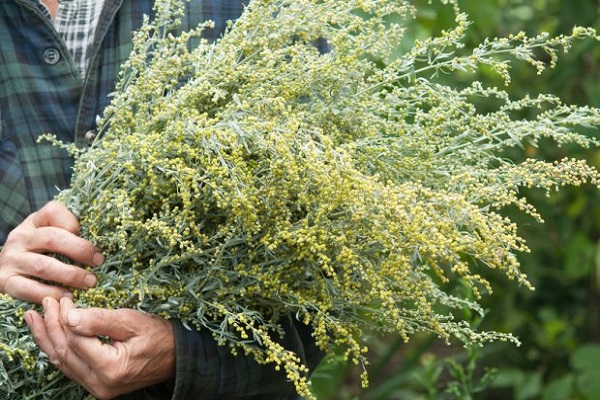
Care
Wormwood does not require special labor to care for. Good growth can be achieved if:
- follow the recommendations for watering;
- loosen the soil;
- remove weeds;
- make top dressing.

How often to water wormwood
Abrotan is a drought-resistant plant. If you water it often, you can seriously harm it. Regular watering is required only for seedlings. In the heat, it is recommended to water the bushes with 3-4 liters of water once every 2 weeks.
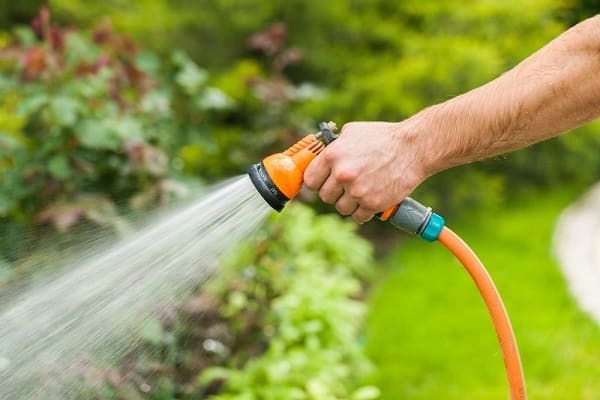
Soil care and plant nutrition
Weeds are very harmful to the development of the dill tree, so they must be weeded out. This procedure allows the roots of the plant to receive more nutrients.
Also, the bushes need top dressing, in the form of fertilization. Botanists advise periodically pouring ash or humus under wormwood.
Dill tree pruning rules
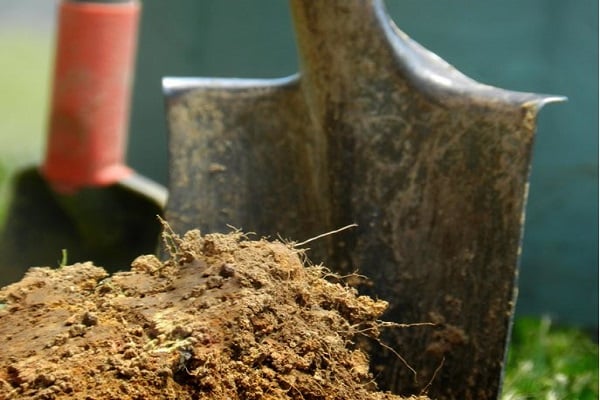
To achieve faster growth of the bushes, you must:
- The procedure is carried out at the very beginning of spring, when the cold no longer bothers.
- Cut off shoots at a height of 3 to 5 cm.
- Cut off apical buds and shoots at the ends of branches, last year's growths.
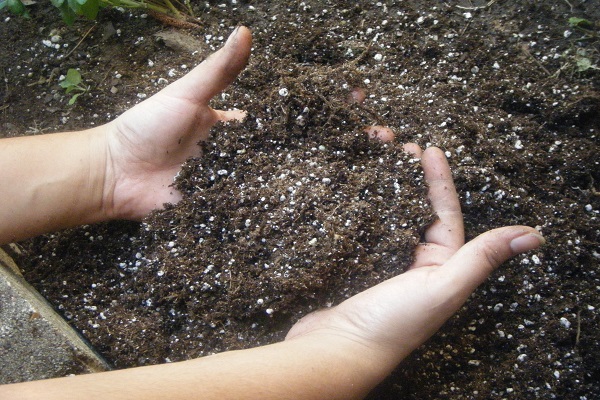
Reproduction methods
In central Russia, the culture cannot reproduce with the help of its seeds, because they cannot mature in such climatic conditions. Because of this, the bushes divide and plant rooted seedlings.
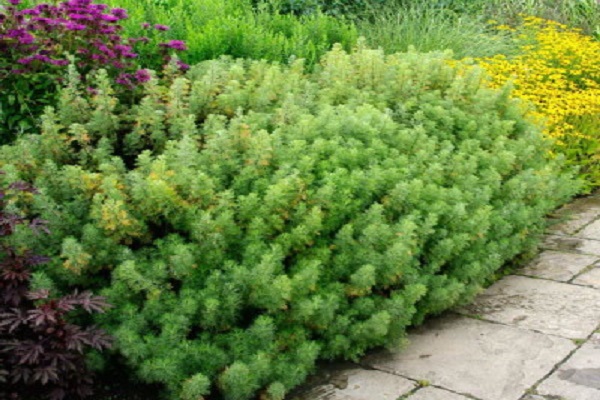
Dividing the bush
This breeding method is carried out in April. You need to do the following:
- choose a large abrotan with a good root system;
- dig out a bush and remove soil from it;
- split into parts;
- dig a few holes, moisten and add humus;
- plant wormwood;
- water the plants regularly for the first 2 weeks until the roots are strengthened.
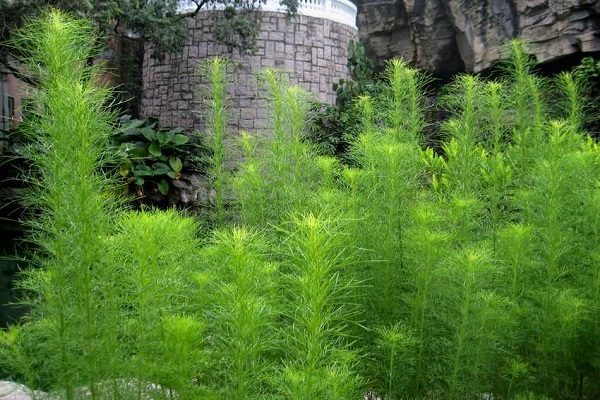
Reproduction by layering
This method involves the following steps:
- In mid-May, select 20-30 cm shoots.
- Remove all foliage from them.
- Make ring cuts and apply growth stimulants to help the roots form faster.
- Cover with sphagnum moss on top and hold it with your hands.
- Take a black film, sprinkle it with peat, wrap the shoots at the incision sites.
- To prevent it from slipping, secure the top and bottom with electrical tape.
- When the roots begin to break through the peat, cut off part of the shoot (below the film) and plant it in a pot.
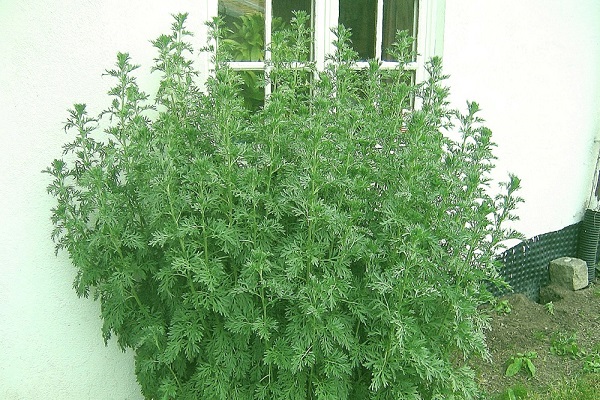
Cuttings
The fastest way to propagate wormwood is by planting cuttings. The procedure is quite simple, you first need to moisten and fertilize the soil, then place the seedling. As soon as it has shoots, it means that the roots of the dill tree have grown stronger in the ground.
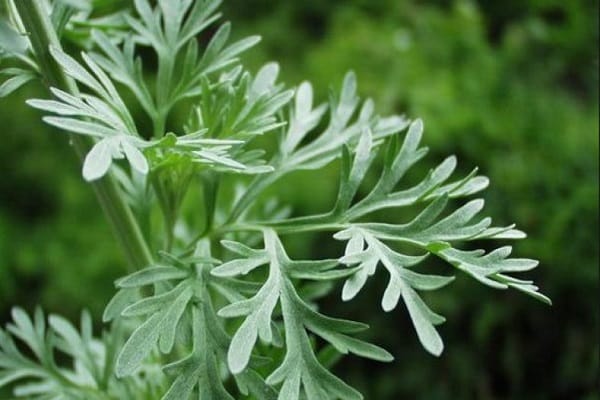
Growing through seedlings
In the south, the culture can be grown from seeds, which are first sown for seedlings, then dive and planting in the ground. The whole process takes 25 to 30 days. A year later, a strong bush is formed.
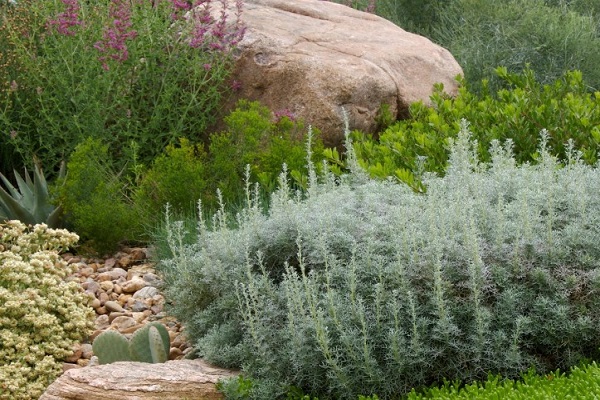
Diseases and pests
Usually dill tree is not interested in pests. But still, aphids appear on its foliage from time to time. In this situation, spraying with a solution 3 times with a break of 5-7 days helps. To prepare it, you need to take laundry soap (about 250-300 grams) and dilute it in 10 liters of warm water.
The use of dill tree
Abrotana bushes are considered an excellent source of essential oils, minerals and vitamins. For their own purposes, culinary specialists and doctors take the tops of the shoots and young leaves of the plant.
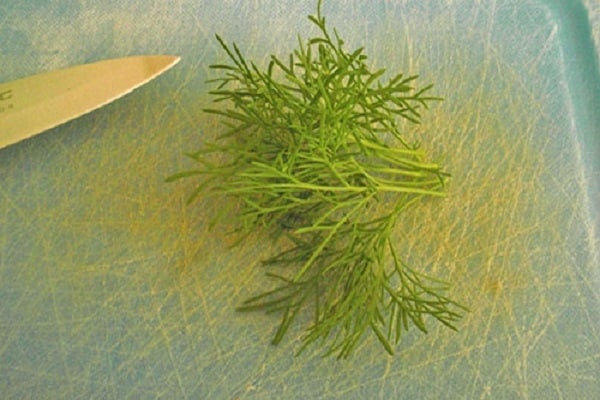
In cooking
Selected parts of the dill tree are used as:
- spices for canning vegetables;
- an additional ingredient in salads;
- seasonings in soups;
- aromatic additives in tea.
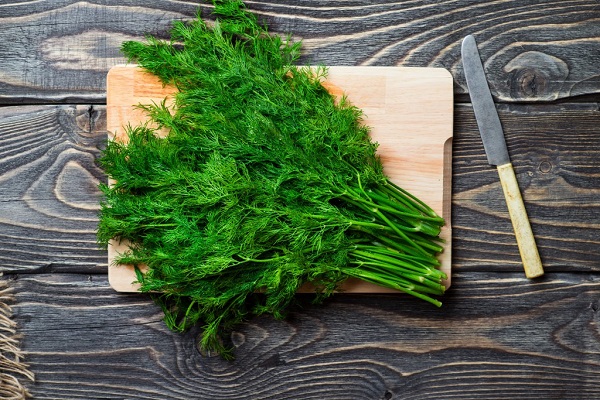
Fresh leaves are taken in small quantities, as their bitter taste can spoil the dishes. But if they are dried, they will not taste bitter.
Attention! Do not overuse the plant for food. All varieties of wormwood contain alkaloids that can cause health problems.
In landscape design
On garden plots, dill bushes are planted in flower beds among other ornamental crops. Its tart aroma repels insects, and its silvery leaves are in perfect harmony with flowers. Plants are also used as a living fence or curb. They are used for landscaping terraces, verandas and balconies.

In folk medicine
If you suffer from a toothache, you can rinse your mouth with an aqueous infusion of abrotana foliage. A broth can improve digestion.
The dill tree is used as a remedy for anemia, against parasites, various types of pain. Greens are good for sprains and bruises, inflammation.
